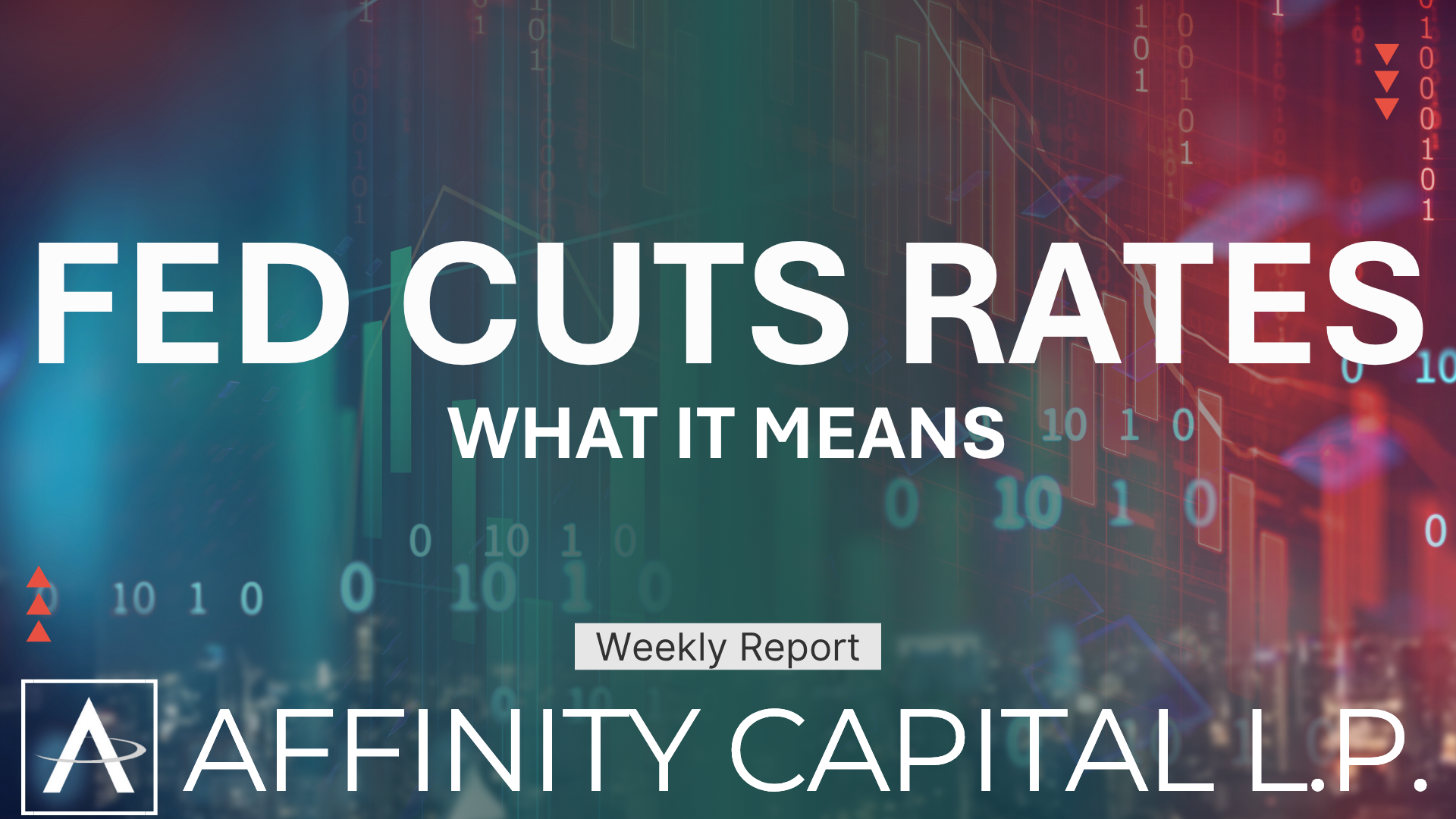Tech Leads the Charge: This Week's Market Highlights

The stock market saw a solid week of gains, driven by a resurgence in the technology sector and tempered by mixed signals from economic data and Federal Reserve commentary. The S&P 500 rose 1.2%, supported by strength in growth-oriented sectors like technology and communication services, while the Dow Jones Industrial Average added 0.7%, boosted by consumer staples and industrials. The Nasdaq Composite led the major indices, surging 2.3% as investors gravitated toward risk-on assets.
Tech stocks were the standout performers, with Microsoft and Netflix leading the rally. Microsoft reported robust growth in its cloud computing division, reassuring investors about its future earnings potential. Netflix, meanwhile, exceeded subscriber growth expectations, signaling resilience in the face of increased competition. Tesla also made headlines, climbing 7.4% on strong sales data from China and optimistic delivery projections. Apple joined the upward trend, gaining 3.8% as reports highlighted stronger-than-expected demand for its latest iPhone.
Economic data played a pivotal role in shaping market sentiment. December’s Consumer Price Index (CPI) revealed a 0.3% monthly increase, aligning with expectations and fueling optimism that inflation may be moderating. At the same time, a drop in weekly jobless claims pointed to a resilient labor market, though concerns about wage-driven inflation persisted. These dynamics left investors cautiously optimistic about the Federal Reserve’s next moves.
While hopes for a potential pause in interest rate hikes buoyed the market, hawkish statements from Fed officials served as a reminder that monetary tightening may not be over. This tempered gains midweek, especially in the energy sector, which faced additional pressure from declining oil prices. Crude fell 1.5% amid diplomatic talks aimed at stabilizing global production, dragging down stocks like ExxonMobil, which ended the week 4.2% lower.
Looking ahead, we are bracing for continued volatility as corporate earnings season unfolds and key economic reports, including GDP and housing market data, are released. The rotation into growth stocks suggests rising optimism, but caution remains warranted given the lingering uncertainties. Staying diversified and closely monitoring macroeconomic trends will be essential for navigating the markets in the weeks to come.
As always, we encourage your questions and are here to support you. It’s our privilege to partner with you and your family, offering guidance and strategies that embody our commitment to "Wealth Management for Life."



